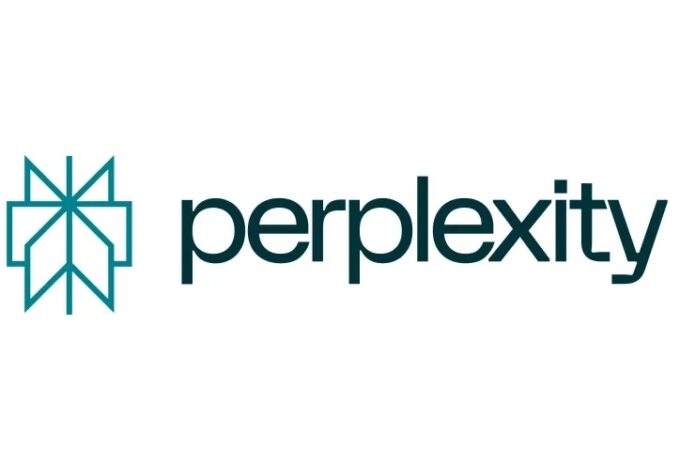
Payments 2016: The Year Of Clarity For The Payments Sector
By PYMNTS
PYMNTS consulted 21 payments executives from across the industry to share their insights on the biggest takeaways from 2016 as part of the “Payments 2016, The Year Of…” eBook. We posed the same question to each executive:
If you had to answer the question, Payments was the year of …, how would you answer, and how does your answer change your world — and the world of payments, more broadly?
Here is the response from James Jenkins, director of payment security at CA Technologies…
Payments 2016: The Year Of Clarity For The Payments Sector
In a financial services industry filled with uncertainty, 2016 was the year of clarity for the payments sector, a year in which in the vision for payments became clear and the fog that has clouded our vision for many years started to lift. In turn 2016 was the year that, in our opinion, three pillars for the future of payments emerged: eCommerce, data analytics and 3-D Secure 2.0.
For many years the payment industry has evangelized about a new era of payments, one where customer experience is key, security and authentication are invisible to consumers yet robust, and new, innovative devices replace traditional plastic cards and cash. Yet the actual specifics of the customer experience, infrastructure and protocols underpinning these services have been uncertain. In addition, the payments industry has seen more than its fair share of false dawns. Too many offerings have been rushed to market with an excitement about what the industry “could do” rather than what would directly benefit customers, who as always, are the ultimate masters. Customers have often been confused by too many payment options and too much complexity, and as a result, adoption from both cardholders and merchants has been low. Cardholders have stayed with their cards. In light of such uncertainty, for many years the payments industry has seen a stalemate as merchants and payment service providers (PSPs) have hedged their bets on the winning formula and next big thing.
But failure is the mother of all success, and in 2016 the pieces of the puzzle started to move into formation. Today the vision is clear. Customers demand seamless, secure, innovative benefits that are easy to use and benefit them directly. New payment experiences will continue to emerge and vary from merchant and issuer. They will be customized and contextual and will dramatically change the way we buy goods and services, but broadly underpinning these services will be three core technologies: eCommerce payments, data analytics and 3-D Secure 2.0.
eCommerce: Across the globe, eCommerce is growing at an unprecedented pace, with over a billion mobile customers driving demand. eCommerce today is worth $1.71 trillion and growing every year. Black Friday 2016 saw the highest number of eCommerce transactions on record, and with new merchant apps, virtual stores, and pay-and-collect services, eCommerce is eating away at the traditional brick-and-mortar transactions. If one wanted to bet on a payments technology, it would have to include eCommerce and mCommerce (mobile commerce).
Data analytics: For years, Big Data has been the standard go-to for futurologists, but what has changed in recent years is twofold: first, the sheer amount of data available and second, the advances in data processing and analytics. These elements have opened up a wealth of possibilities across all channels, from enhanced security to contextual payments and invisible payments for customers — genuine innovation delivering significant benefits to cardholders. For years, developing the ultimate authentication method or credential was seen as the goal, but the truth is that customers do not want to authenticate, but transact, invisibly and without friction. This can only be achieved through advances in data analytics.
3-D Secure 2.0: 2016 was the year 3-D Secure, specifically 3-D Secure 2.0, which had its technical specifications released, came to the fore as the security technology and rails for the payments industry. 3-D Secure is often erroneously associated with passwords and registration (it doesn’t have to be this way). But now the latest version of the protocol breaks new ground in terms of customer experience, merchant liability shift and issuer control. Historical arguments to adopting 3-D Secure, such as customer experience and passwords, are no longer valid, as 3-D Secure utilizes risk-based authentication and challenges only the highest-risk transactions. Perhaps most importantly, the new protocol supports mobile and in-app purchases. With the historical arguments against 3-D Secure negated, the payments industry can expect to see a surge in adoption and transaction volumes in the years to come with 3-D Secure underpinning new and innovative payment platforms on a global scale.
If 2016 was the year of clarity, then 2017 has to be the year of acceleration. The industry now knows where it is heading, and the tools and mechanisms to support this innovation are available. As an industry, payments should continue to collaborate, drive innovation and provide safe, secure and convenient payments to our customers. This is the objective, and although the future is not yet set, it is now a lot clearer. Let’s make it happen.
. . . . . . . . . . . . . .
First appeared at PYMNTS





